Muscat: 5G adoption is setting the path to the metaverse in the future, according to the new 5G: The Next Wave report from Ericsson (NASDAQ: ERIC) ConsumerLab.
The report forecasts that Consumer 5G adoption will be inflation-resilient as 32 per cent of users in Oman intend to upgrade to 5G subscription in the next 12 months. Around 9 in 10 existing 5G users in Oman say that despite rising costs they are not willing to go back to 4G. As Oman consumers’ 5G upgrade intention remains strong, service providers need to do more to drive interest in 5G.
The second consumer trend calls to motivate 5G adoption by providing innovative services to early adopters. Oman 5G adoption today is driven by tech early adopters as only 8 per cent are on 5G today. When 5G penetration reaches approximately 15 per cent, the next wave of users emerges. These are mainstream tech adopters who are less forgiving, value conscious and demanding. Findings reveal that 1 in 4 5G potential users see higher speed as the most important reason for signing up for 5Gand 4 times as many 5G early adopters compared to potential subscribers identify innovative applications and services as their main reason for signing up.
The third trend highlights the gap between 5G population coverage and consumer perceptions of 5G availability. While Oman has 5G population coverage of 50 per cent, only 32 per cent of 5G users typically perceive being connected to 5G more than 50 per cent of the time. Of those with high 5G perceived availability, 77 per cent say they are satisfied with 5G.
Abdullah Al-Balushi, Country Manager of Ericsson Oman says: “This is our biggest 5G study to date representing 1.7 billion consumers globally and three million consumers in Oman including 100 thousand 5G users. Through our research, we have highlighted six key trends powering the next wave of 5G in Oman and implications for service providers to unlock the true potential of this market.5G will drive enormous opportunities for communication service providers in consumer business over the decade, and service providers that quickly and proactively evolve their consumer propositions are likely to be bigger winners.”
The fourth trend highlighted in the report expects 5G to increase usage of cloud gaming and AR/VR. 5G consumers have increased service usage over the past two years. There are thrice as many 5G users in 2022 compared to 2020, and they are typically engaging with more than three services compared to 2020. With 5G pushing up usage of cloud gaming and AR, the demand for faster uplink throughput will be key to the overall immersive user experience.
The report further forecasts that 5G monetisation models are expected to evolve as consumers want tailored network capabilities for specific needs in 5G plans. Further, 5G early adopters prioritize rich experiences in 5G data plans as 93 per cent of 5G early adopters in Oman consider innovative 5G experiences to be important inclusion on their mobile broadband plans.
Finally, the report predicts that 5G adoption is setting the path to metaverse. Usage of early metaverse apps/services is growing along with 5G uptake with 5G early adopters on average spending 3.5 hours more per week in metaverse-related services than 4G users. In Oman, 1.5 times more 5G early adopters engage in metaverse activities on a weekly basis than 4G users and 5 in 10 of 4G users say they will start or increase using AR applications in real-world once sign up for 5G.
Further, 5G early adopters with current experience on XR will set the pace for metaverse adoption. The report reveals that 1.6 times more 5G early adopters than 4G users believe AR apps will move from smartphones to headsets within 2 years and 92 per cent of existing iPhone users on 5G network are interested in purchasing a lightweight mixed reality headset. Next-gen connectivity will be important to the metaverse, there are other aspects of the metaverse ecosystem that can be explored or participated in by mobile service providers.



